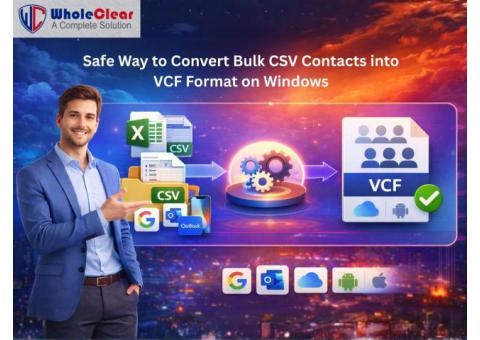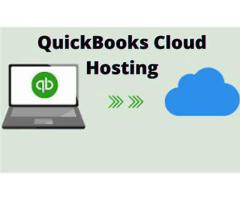
If you choose the best integrated accounting software, you'll be able to save time working on accounting and reduce mistakes in data entry that could be costly. This article will help you learn about how the accounting system integration works , and what you should consider when choosing the right software for your company.
What exactly is Integrated Accounting?
A financial accounting system that is integrated integrates all of your financial information into one platform. A reliable system can link your general ledger and tax calculations, payment systems as well as inventory management and much more. The result? less the time it takes to enter numbers, and less bookkeeping errors.
How to set up an Integrated Accounting System
There are a few essential actions to follow when creating your personal accounting system. Take into consideration the power and capabilities you'll require, select the integration timeframe, set it up the system, troubleshoot, learn, and then transfer your information.
- Choose the best method. You may be contemplating buying an accounting software because it's being rated as the most effective, the strongest, or the most advanced. However, powerful systems tend to be complex and many CFOs claim they're too difficult to to master and modify. So, take your time evaluating the complexity level you require.
- Select an integration timeline. Decide on the speed you'll take as you integrate your accounting software. It's crucial to think about whether you'll begin immediately after installation or gradually integrate it.
- Installation and Troubleshooting. Before you make the switch, make sure you examine your accounting software to ensure your hardware, network, and any other software tools be compatible with it.
- Learn members of your staff. Give your team the time and resources needed to be up-to-date on the new system.
- The process you are mapping into the program. Before you can make use of your new accounting software you'll have to connect its functions and features to the real-world processes. This is a requirement for your business area such as workflows, the structure of your IT, transactions and security.
- Transfer to HTML0 your information. Move the necessary information from your old system to your new system. Set aside a troubleshooting time to ensure that the new setup is compatible with your company.











0 Comment